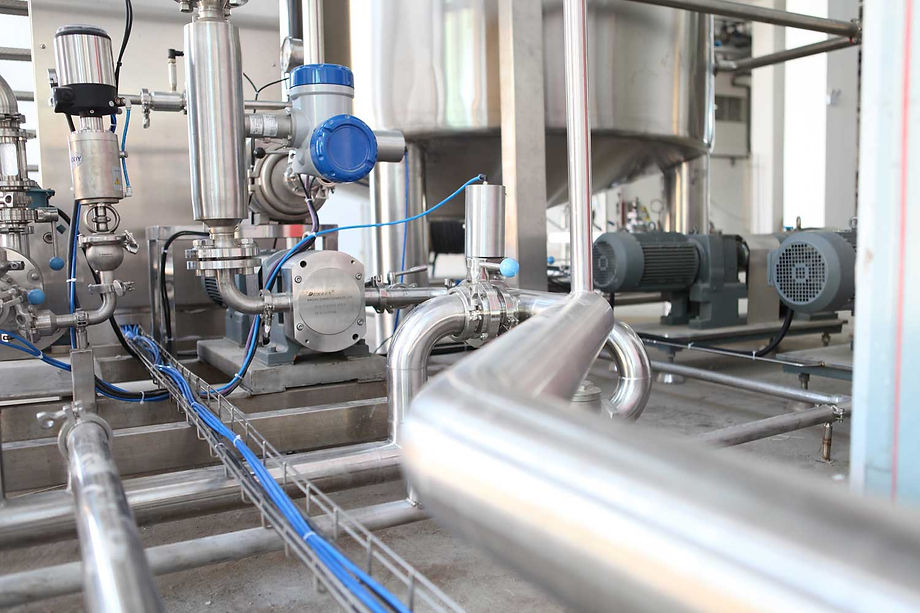

HSE POLICIES, PRACTICES AND MANAGEMENT IN OIL AND GAS OPERATIONS
COURSE OVERVIEW & LEARNING OUTCOMES
This course addresses an important the safety training need of all personnel working in operations and production facilities, drilling rigs in the O&G companies. It starts with a refresher on the
fundaments of HSE and the focuses on the measures and tools required to
manage an HSE system. Participants will use case studies to think through how a
safety management system can be modified and improved upon. Participants will leave the training with useful new skills to positively impact on their jobs. Other objectives of the training are:
Understanding QRA principles of process review
Ability to manage a Risk Register of QRA review
Chair a QRA Event with a level of understanding toward results
Understanding SIMOPS principles toward work activity review
Ability to manage a SIMOPS Register review
Chair a SIMOPS Workshop with a level of understanding toward results
Understanding MOPO principles toward MULTI work activity review
Ability to manage a MOPO Register review and develop a MOPO Manual
Chair a MOPO Workshop with a level of understanding toward results
TARGET PARTICIPANTS
Facility Management
All Discipline Engineers
Facility Operators
Facility Supervisors
HSE Personnel
EXAMPLE MODULES
The Safety Culture - Writing Safety Policies and Programs
Necessary and Mandated Elements
Compliance with Hazards
HSE Policy
Commitment Statement
HSE Management Systems
Management Review and Continuous Improvement
Hierarchy of Control Strategies Employee and Management Involvement in Safety
Developing a Safety Management System (SMS) - 14 Elements
Manual of Permitted Operations (MOPO)
Qualitative and Quantitative Risk Assessment
Development of Safety Case – 12 Elements
Simultaneous Operations Process and Applications (SIMOPS)
Management of Change (MOC)
Definition and Register for Controls
HEMP – Hazard and Effect Management Process
Controlling document for all risk in the workplace and also in managing the impacts failures in control Often, HEMP is misused as a Risk Assessment tool It is developed to provide a structured approach to the analysis of safety hazards throughout the life cycle of an installation
Management Review and Continuous improvement
KPI’s and Review Periods
Hierarchy of Control Strategies Employee and Management Involvement in Safety
Human Error Management
Human Factors, Safety Barriers, compliance with procedure, risk of routine activity
Employees' involvement: commitment and responsibility
Available tools to improve safety: procedures, risk assessment, safety meetings, accident investigation and reporting, audits, field observations, emergency drills
Understanding Risk and its Management – Process Tools
HAZOP/HAZID and Safety Integrity Level (SIL)
Incident Investigation and Root Cause Analysis (RCA Elements)
Bowtie Process etc.
5-Why
TapRoot
ALARP – As Low as Reasonable Possible
Weighing a risk against the trouble, time and money needed to control it Thus, ALARP describes the level to which we expect to see workplace risks controlled
Risk Matrix – Probability/Severity
Regulatory Framework for HSE
Emergency and Crisis Management in the Oil & Gas Environment
Risk based Process Management
Hazard Prevention and Control
Spill Response & Control
Flammability
Combustion Phenomenon
Ignition Sources and Consequences of a Combustion
Preventive Measures Against Ignition Risks
A Boiling Liquid Expanding Vapor Explosion (BLEVE)
Prevention of BLEVE
Process Operations Safety
Precautions and risks related to the use of Utilities: Inert Gases, Liquid Water, Steam, Air, Gas Oil, Fuel Gas
Safety related to Blowdown And Drainage Toward: Flare, Slops, Tanks, Oily Water
Blinding (Lockout/Tag-Out) procedures: Conditions for Installing Blinds / Spades
Degassing-inerting: Steam, Nitrogen, Water, Vacuum, Work Permits
Entry into vessels Atmosphere Analysis: Oxygen Content, Explosivity, Toxicity
Start-up: Checks, Accessibility And Cleanliness, Line Up, Nitrogen-, Water, Steam or Vacuum Deaeration
Tightness testing; Commissioning and Start-Up
PSSR – Process Safety System Review
DURATION
5 Days
LOCATIONS:
Houston, Dubai, Ghana
